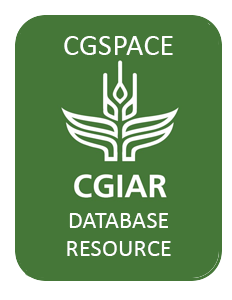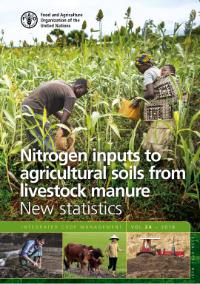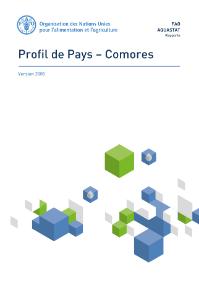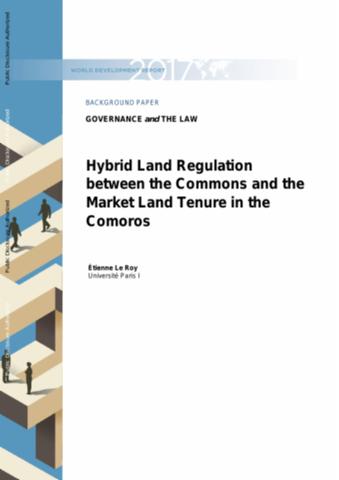In Comoros, cassava plays a major food security role, however yields are low as few modern cultivars are grown. Prior to the introduction of new cultivars, and as a germplasm resource for breeders, germplasm collection missions were undertaken in the three largest islands; Ngazidja, Ndzouani and…
Land degradation exacerbates the unique vulnerabilities of Small Island Developing States (SIDS) to environmental challenges, such as climate change, flash floods, soil erosion, lagoon siltation, coastal erosion and sea level rise, undermining their economic potential. Land Degradation…
The global agricultural sector today faces the double challenge of feeding a growing population while preserving the underlying natural resources of land, water and air. In the meantime, already a third of the world’s soils are degraded. Soil and nutrient management techniques aimed at restoring…
This country profile describes the state of the water resources and water use, as well as the state of agricultural water management in Comoros. The aim of this report is to describe the particularities of the country and the problems met in the development of the water resources, and irrigation…
Date: Juin 2017
Source: <a href="http://www.foncier-developpement.fr/publication/maitriser-revolution-communs-rapport… &…
Following a chaotic political decolonization, from 1975 to 2000, the Comoros failed to sustain the extension of private land ownership pursued since the beginning of the twentieth century and to implement land reform prepared with the assistance of the FAO and the UNDP but abandoned after the…
Following a chaotic political decolonization, from 1975 to 2000, the Comoros failed to sustain the extension of private land ownership pursued since the beginning of the twentieth century and to implement land reform prepared with the assistance of the FAO and the UNDP but abandoned after the…
Forests are essential to life on our planet, to mitigating and adapting to climate change, ensuring adequate supply of fresh water, enhancing biodiversity and providing sustainable incomes and livelihoods, including food security. But they face unprecedented and unrelenting pressures. This issue…
Meeting Name: FAO Regional Conference for Africa (ARC)
Meeting symbol/code: ARC/16/INF/16
Session: Sess. 29
Meeting Name: Commission on Genetic Resources for Food and Agriculture (CGRFA)
Meeting symbol/code: CGRFA-16/17/Inf.11.1
Session: Sess. 16
This paper begins by exploring what the term family farming means and how appropriate it is in the NENA region. It will explore more generally the role of farming and agriculture in the broader political economy of the region. The paper establishes the distinctive features of the region, what…
FAO has a long history of partnership with the countries of the Organisation of Islamic Cooperation (OIC), providing policy advice, analysis and technical assistance in agriculture, livestock, fisheries, forestry, natural resources management and food security in its commitment to support…






